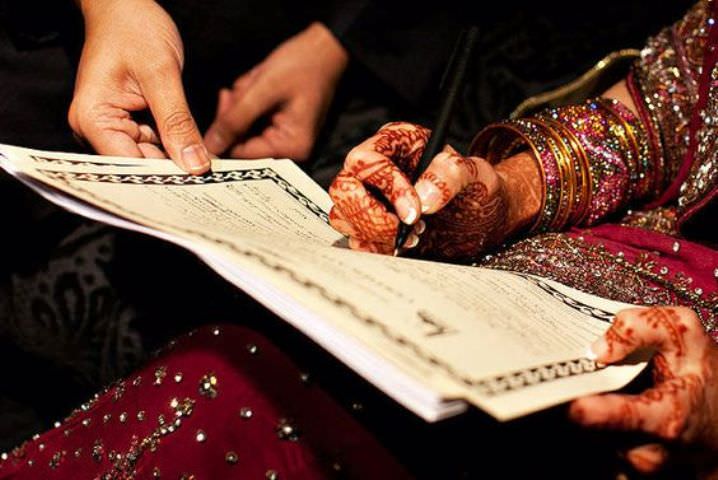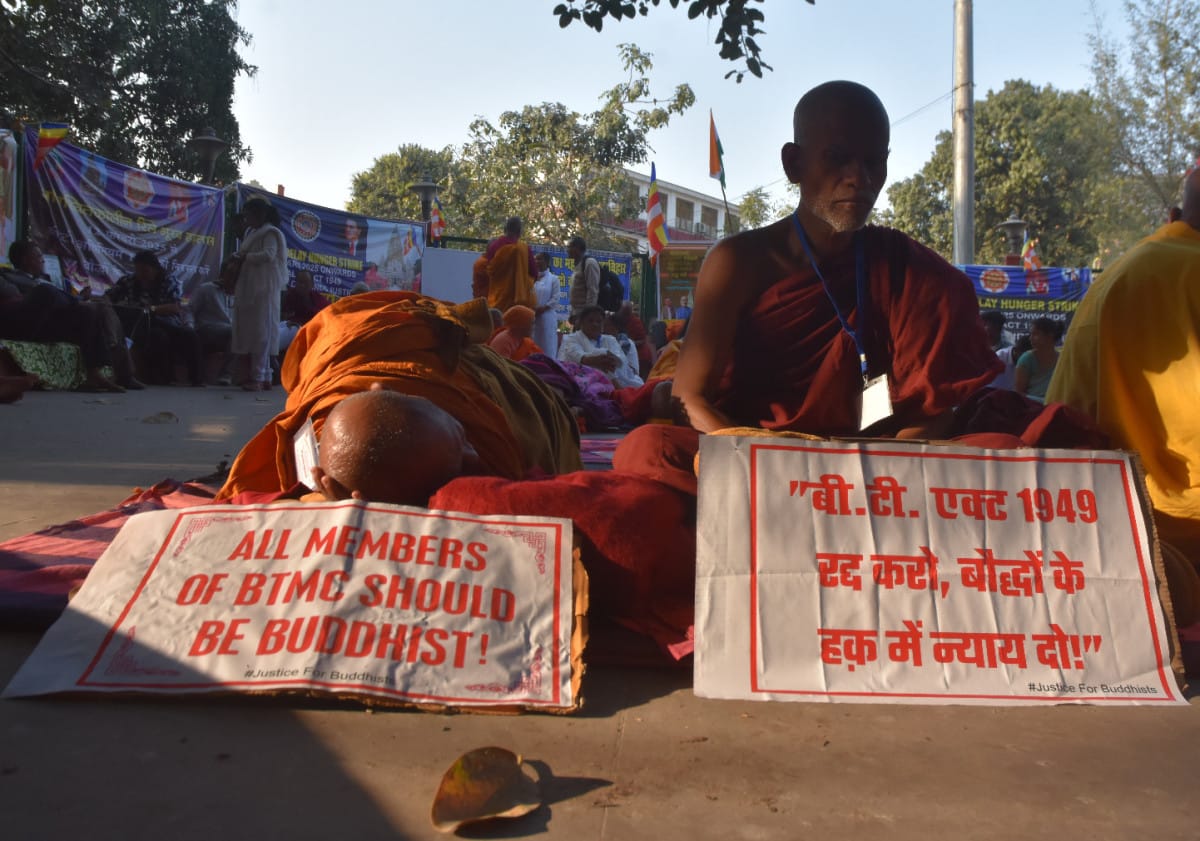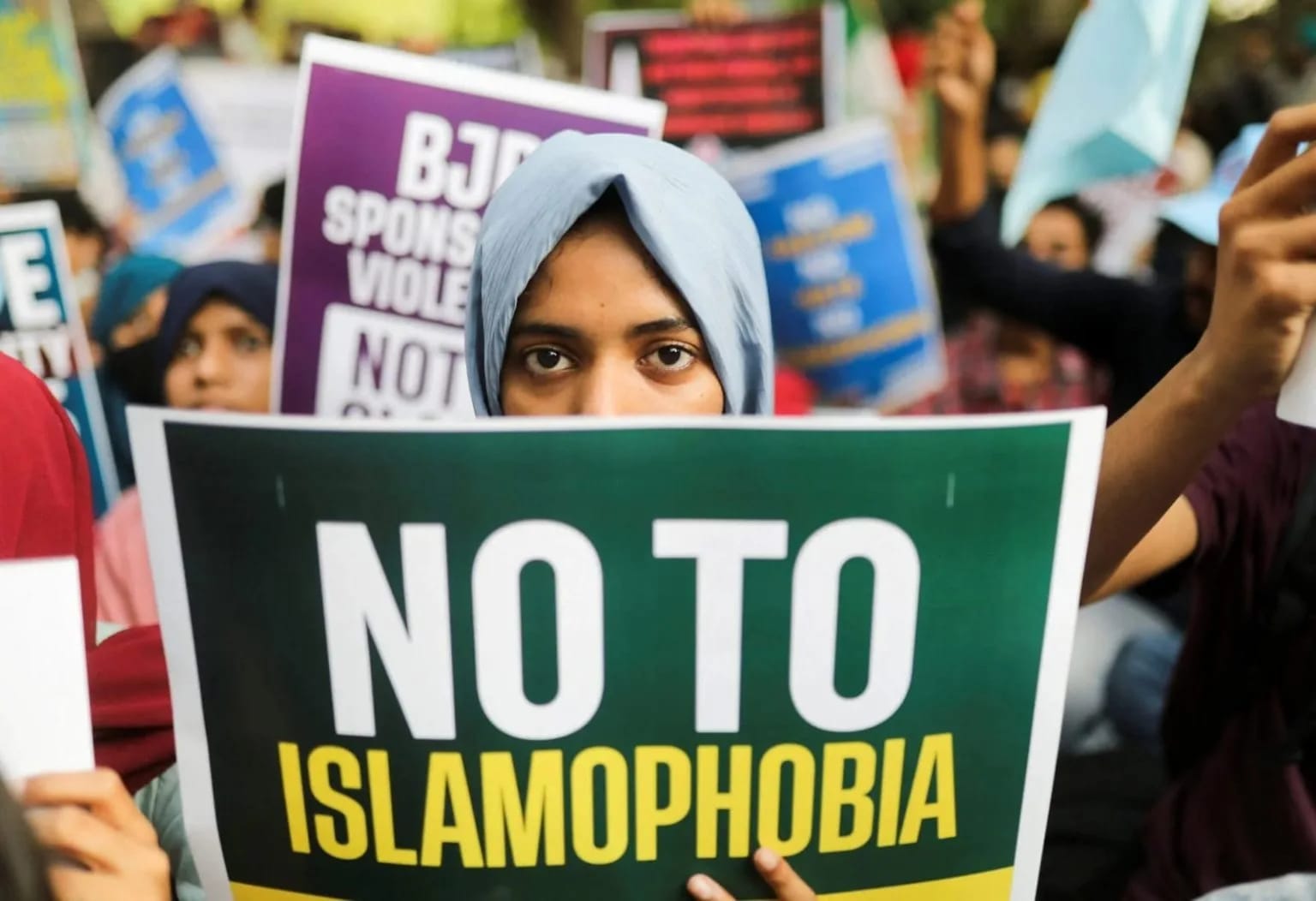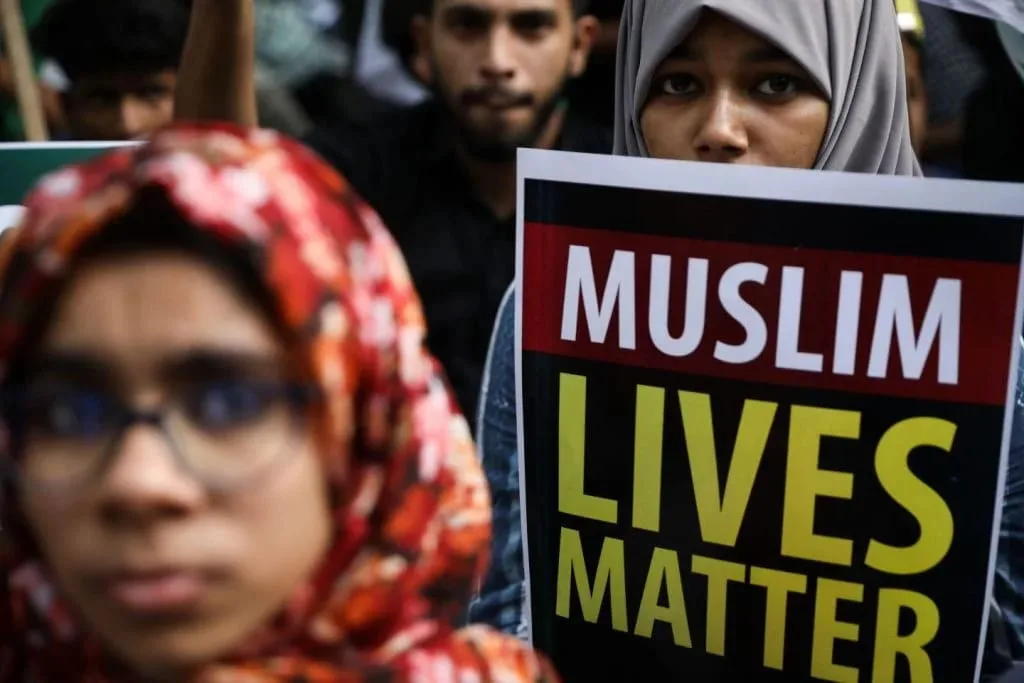The nikah-nama is a binding contract and a fundamental element of an Islamic marriage. It describes the rights and obligations agreed upon by both parties (the bride and the groom) which confirms the consent of both the husband and the wife. The nikah-nama is the detailed legal marriage contract that legitimises a marriage.
The common perception is that Islam does not allow women the right to divorce and only the husband can pronounce divorce. However this notion can be challenged. Section 18 of the nikah-nama in the Pakistani law allows the wife the right to divorce if she wishes, which is known as the talaq-e-tafweez.
In practice, however, things may be different, considering women often have to rely on their family to allow them to tick this box. While it is a universal Islamic right that women can claim while getting the marriage contract drafted, it is barely practiced in any country.
Most people are unaware of the clause of the nikah-nama that gives women equal rights as men to terminate the marriage. Women can tick the box that gives them this right – but if this part of the contract is unfilled, women have to rely on the khula (divorce proceedings). If a husband refuses to divorce his wife, she has the right to obtain khula (divorce), through court. In this case, a wife is required to pay her husband the mehr (the initial amount or possession the man is mandated to give the wife at the time of the marriage), or any agreed amount to obtain her freedom.
Most people are unaware of the clause of the nikah-nama that gives women equal rights as men to terminate the marriage.
According to Sylvia Vatuk, an extra-judicial khul‘ or khula is simply arranged and inexpensive. However, it requires the husband’s consent. Feminist activists want religious functionaries to respond more sympathetically to women’s applications for khul‘, even when their husbands refuse to cooperate or cannot be located. But male clerics do not generally favour making it easier for women to initiate divorce, reasoning that to do so would cause an unacceptable rise in the divorce rate.
Sylvia narrates how the Secretary of the All India Muslim Personal Law Board (AIMPLB) told her, “We are in the business of preserving Muslim families, not contributing to their breakup!” He explained that women are too emotional to be given the privilege of divorcing on demand. If allowed to do so, they would begin divorcing their husbands on the slightest of pretexts and the result would be social chaos.
The nikah-nama allows various clauses to be added to it with specifics like rights to custody if the couple separates, monetary decisions ranging from the right to have a career, to having kids and raising them a particular way as well as to where the couple chooses to reside, among other things. Women are often kept under the dark about these clauses and the rights the nikah-nama allows them, even by their own families.
Popular culture depicts Muslim men saying the words ‘talaq’, the Arabic word for divorce , thrice to divorce their wives resulting in the termination of the marriage. However, there is little or no portrayal of Muslim women initiating divorce. This clause is kept under the carpet for reasons, to allow patriarchy to flourish and for women to continue to stay subordinate to and dependent on men.
In India, the struggle to ban the instantaneous triple talaq continues. However, in many countries of the Muslim world today, reforms have been promulgated in the law of personal status that provide that the triple talaq shall only be considered a single talaq like in Indonesia and my home country of Pakistan. Different schools of thought, however differ on this.
Women are often kept under the dark about these clauses and the rights the nikah-nama allows them, even by their own families.
Most couples do not bother reading the nikah-nama and sign it in a rushed ceremony with a maulvi and witnesses present. The wife can stipulate for the right to divorce in her nikah-nama (talaq-e-tafweez). Additionally, she has the right to dissolve the marriage (khula). In most cases, the maulvi or the family strike out the part of the document that allows women the legal right to divorce her husband. If a woman shows some concern about the struck-out clause, relatives often shut her up for bringing up the inauspicious taboo of divorce on a joyous ceremony. Since this clause is struck out, women are robbed of their legal right to initiate divorce.
The other way to step out of the marriage is to ‘ask’ for khula. Till then, the wife is stuck in a marital disaster. Thus, many women continue to stay in abusive marriages. There are varying opinions regarding whether the woman is entitled to the khula without her husband’s consent. But in the case of talaq-e-tafweez, there is no varying opinion – the law gives women the right to exercise their choice in putting an end to the marriage.
Men’s rights to divorce are perceived as completely natural, but women’s rights to divorce are considered taboo.
Religion thus becomes a tool for men to sustain their control over women and to strip women of their rights. The Council of Islamic Ideology in Pakistan is determined to make sure the rights of divorce stay with men and not only do women stay unaware of their rights but also men can completely govern the route the marriage takes. Maulana Sherani, Chairman of the Council of Islamic Ideology stated “Courts are dissolving nikkah in the name of khula, which is not correct. Courts can dissolve marriage contracts but only the husband has the right to grant khula,” This goes on to show how clerics are hell bent on men maintaining their power and control when it comes to matters like divorce.
Nida Kirmani describes two Muslim women’s rights networks in India, the Muslim Women’s Rights Network (MWRN) and the Bharatiya Muslim Mahila Andolan (BMMA), both of which have attempted to work with religious institutions and through religious framings in order to secure women’s matrimonial rights. They have engaged positively with Islam at different times and to differing extents through the promotion of the ‘woman-friendly’ nikah-nama (marriage contract) and by engaging with the All India Muslim Personal Law Board (AIMPLB) These groups challenge the dominant construction of the ‘oppressed Muslim woman’ by presenting themselves as articulate and powerful agents.
Muslim women’s rights activists have proposed the idea of a ‘woman-friendly’ nikah-nama as a means of protecting women’s rights.
the male-dominated body started a signature campaign to prevent any changes in the triple talaq law. The AIMPLB also denied that Muslim women face any gender discrimination on the basis of this law however, women opposing this law have other stories to tell.
The talaq-e-tafweez and the woman-friendly nikah-nama can both be seen in the light of challenging patriarchal structures and dominance in Pakistan and India.
About the author(s)
Maryam is an aspiring sociologist who is keen on working on of gender, advocates an intersectional feminism and is hopeful of smashing the patriarchy.





This is an excellent piece and a very much needed one. I am shocked to learn everything you mentioned here. And I shudder at how many women sign their nikah nama without reading or even knowing that their is something to be read or changed in there.
Thanks so much for sharing this.